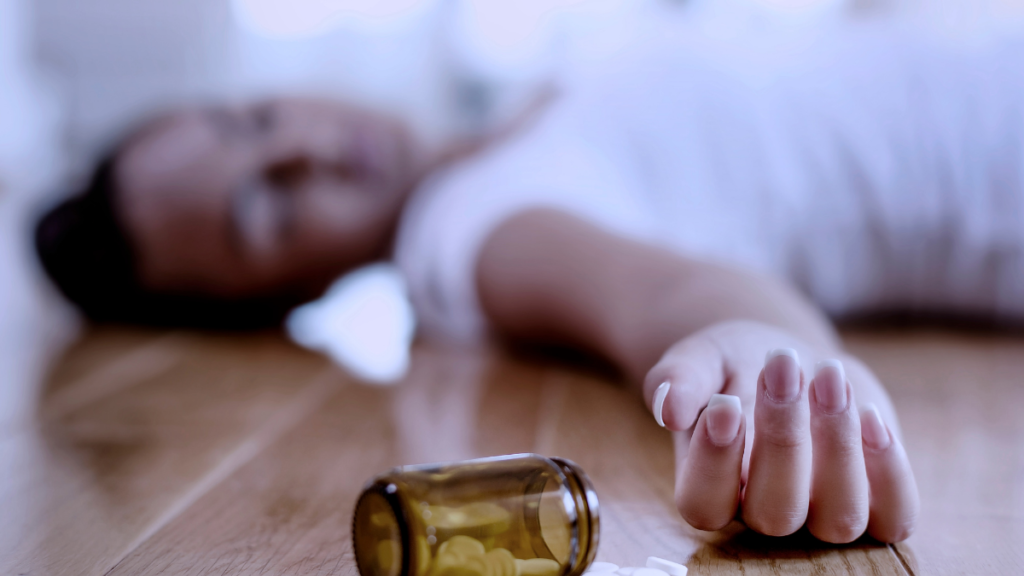A new paper has found that a wearable device that detects signs of an opioid overdose and injects naloxone, a drug to reverse the event, could be a lifesaving tool, according to CTV News, Canada.
The device, worn on the stomach, can detect when a person is experiencing an overdose and administer naloxone to reverse the event.
Naloxone is one of the opioid antagonists, which is considered very effective. It works rapidly by blocking the effects of opioids, quickly restoring a person’s breathing back to normal.
In the U.S., opioid overdoses have hit an all-time high. The Centers for Disease Control and Prevention (CDC) estimates that 100,300 Americans died of drug overdoses between May 2020 and April 2021.
If left untreated, an opioid overdose could lead to respiratory failure, heart attacks, and death.
Lead author Justin Chan of the University of Washington said, “The opioid epidemic has become worse during the pandemic and has continued to be a major public health crisis. We have created algorithms that run on a wearable injector to detect when the wearer stops breathing and automatically inject naloxone.”
The wearable device has sensors that can track breathing rates and movements. The sensors, including accelerometers, measures breathing and send the data via Bluetooth to a smartphone or a nearby device.
The study, published Monday in Scientific Reports, involved two trials.
The researchers wrote, “Increasing access to naloxone is a necessary component of harm reduction. However, it does not address instances when there is no bystander to administer the antidote or when the event goes unrecognized by a witness.”
The authors noted that more than 51% of fatal overdoses occur when the person is alone. And in more than a quarter of cases, bystanders react too slowly as they often fail to recognize the signs of an overdose, according to the researchers.
The researchers have been working on the prototype wearable naloxone injector device in partnership with West Pharmaceutical Services for a number of years. The device is not yet approved by regulatory bodies.
The study’s co-author ShyamGollakota said, “This wearable auto-injector may have the potential to reduce fatalities due to opioid overdoses.”
However, the authors said more studies are needed to determine the usability and comfort of the device over longer periods. Plus, the device must be studied in unsupervised settings with participants who would be at risk of an overdose.























